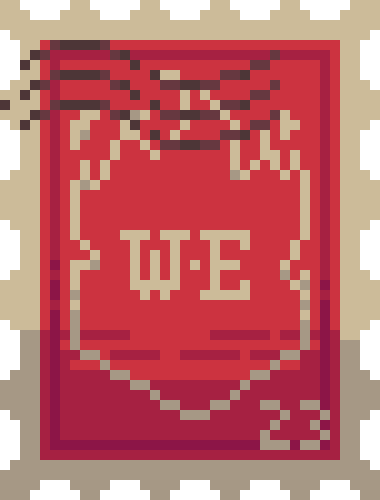Murid
A rodent-like species with caprid facial features and an affinity for body and root magic.
This article is currently a WIP! What would you like to see added to it?
Physical features
Fur Colours
Markings
Hair Types
Murid folk can be seen with a variety of different hair types. Some have thick or curly hair which can make them appear "fluffy", most have straight haired fur but some folks have much longer hairs, some can be coarse, others silky or velveteen, and some murids are naturally hairless. Their ability to grow out certain hair styles or facial hair is not limited to their sex, and different cultures have notably different ways of expressing their personal grooming.Eye Colours
Self expression
Murid folk love to style their hair with different ties, cuts, and braids - they also enjoy experimenting with dyeing it in bright colours extracted from plants and berries. Some folks shave patterns into their fur, especially to expose meaningful tattoos. Others simply enjoy their natural look just as they are - which isn't always a cultural influence.Ancestral magic
Murid folk have an easier time learning how to use body magic and root magic thanks to their ancestors affinity for agriculture and physical labour. Not everyone is great at these though, as much like any skill it takes a lot of practise and enthusiasm to master complex spells and abilities. Other folks often associate murids with using root magic to enhance and maintain crop growth, and also of body magic to use sudden bursts of strength and agility to manage their animals and protect their farmsteads. These stereotypes are long outdated, especially in modern cities of the world.Lifespan
Childbirth
Murid folk typically give birth to one or two children at a time, with pregnancy lasting an average of 7 months.Childhood
Murid children (sometimes called kids or kits) start to experience their first use of magic startlingly early in comparison to other folk types and can grasp simple abilities at the speed as they learn to walk.Adolescence
Adolescence in murids begins from around their 12th birthday and they will begin to sexually mature and develop facial hair and see their horns begin to grow. Their fur markings may also change slightly in pattern or colour.Adulthood
Adults reach physical maturity by their 20th year, but their horns will continue to grow (which slows down in later years). The laws of the culture they live in defines what age it means to be an adult and what responsibilities they have.Elder years
Healthy murid folk can expect to live a long and happy life to the ripe old age of 60 to 80 years old, but some have lived even longer than that!Contents
Thanks for giving this a read!
If you enjoyed this article, please give it a like so I know what to make more of :D
If you enjoyed this article, please give it a like so I know what to make more of :D
Thanks so much for liking this article!
Your encouragement really motivates me to keep creating and spread more JOY!
Your encouragement really motivates me to keep creating and spread more JOY!


Looking forward to coming back later when this one is completely done. :D
Explore Etrea | March of 31 Tales